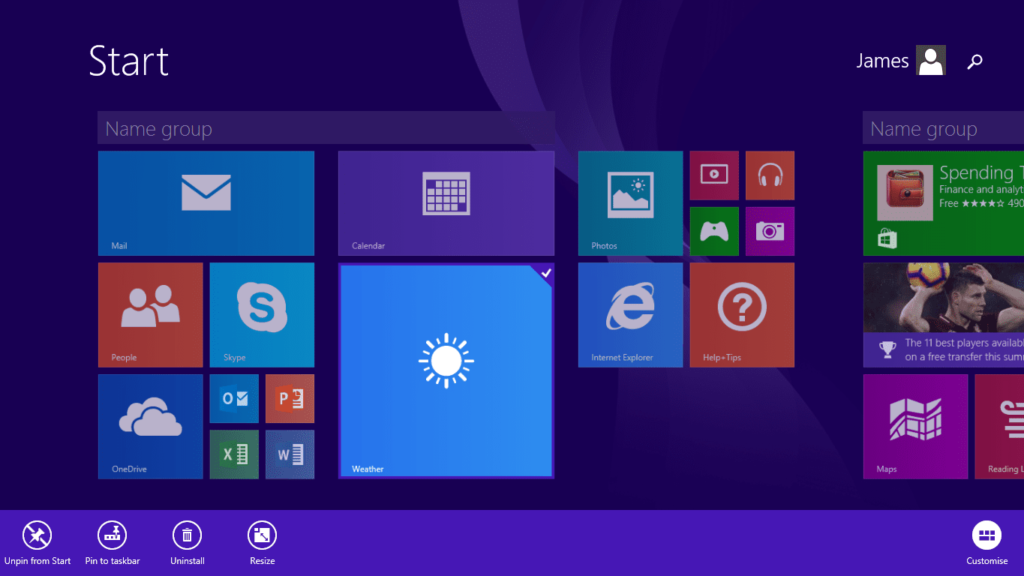Introduction: Unearthing the Failures
Throughout Microsoft’s journey with Windows, there have been instances when users faced frustration and disappointment with certain releases. Whether it was due to compatibility issues, bugs, or design choices, these versions failed to meet users’ expectations and left a mark on the reputation of the Windows brand. We’ll examine six versions that have been widely regarded as the worst in Windows history.1. Windows 1.01 (1985): The Challenging Beginning

Photo: Microsoft
2. Windows XP (Initial Release, 2001): The Rocky Start

Photo: lifewire
3. Windows RT (2012): The ARM-based Misstep

Photo:
Lifewire
4. Windows 8 (2012): The Ambitious Misjudgment

Photo:
Microsoft
5. Windows Vista (2006): The Divisive Release

Photo: AMAZON
6. Windows Millennium Edition (Windows Me, 2000): The Ultimate Failure

Photo: Microsoft
Conclusion: Lessons Learned
In retrospect, Microsoft’s journey with Windows has seen both soaring successes and crushing failures. While the worst versions of Windows have left their mark, they also paved the way for crucial lessons. These failures acted as catalysts for improvement, leading to subsequent releases that addressed user feedback and became iconic in their own right. As technology advances and user demands evolve, operating systems must continue to adapt and innovate. Microsoft’s commitment to refining Windows has led to the development of Windows 10, a stable and feature-rich OS that has garnered widespread adoption. With each iteration, Windows learns from its past, ensuring a brighter and more promising future for one of the most influential operating systems in computing history.

















































